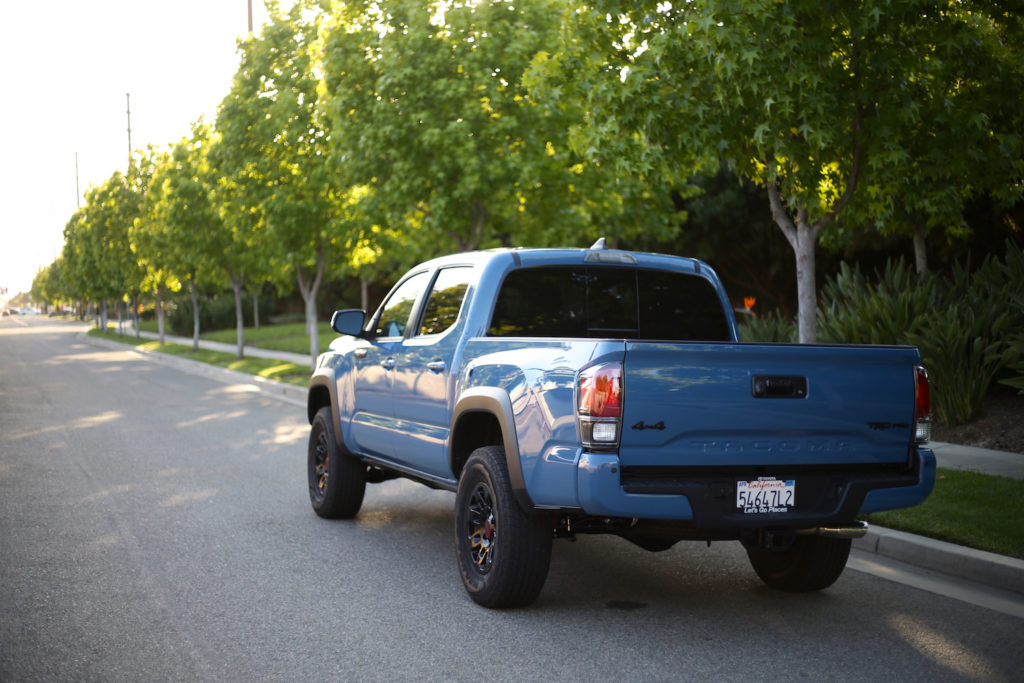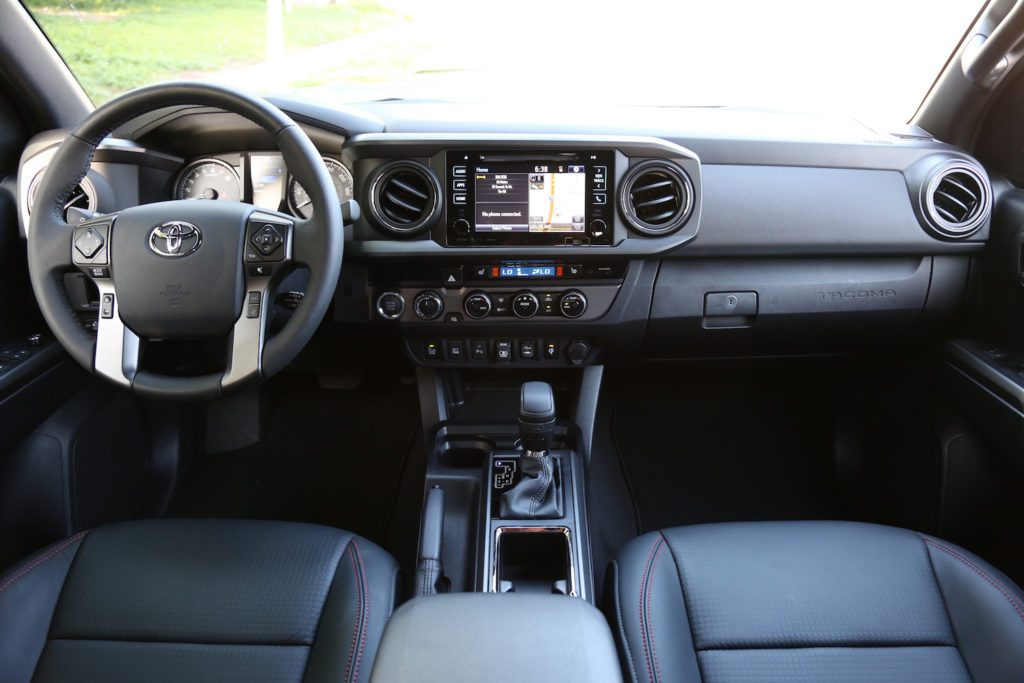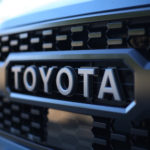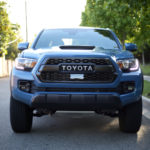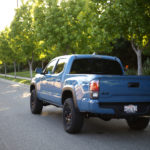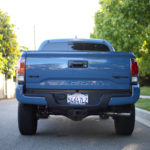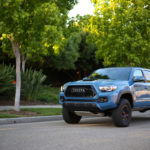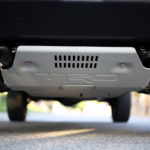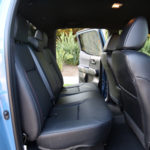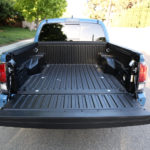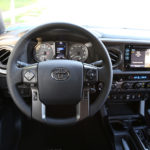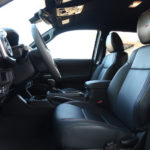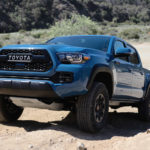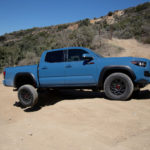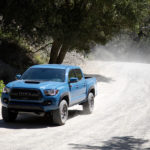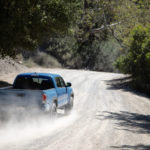Midsize pickup trucks have something of a spotted past. After Ford pioneered the market with its Ranger in 1983, other manufacturers soon produced challengers. Domestic rivals like the Dodge Dakota and Chevrolet Colorado tangoed with Japan’s Toyota Tacoma and Nissan Frontier. Until the late 2000s, these “lifestyle” trucks held appeal for those who didn’t need immense towing capacity or payload ratings. Eventually, though, truck buying became as much about appearance as capability. Small trucks just didn’t look as cool as full-size models, so people stopped buying them – or at least most of them.
While Ford and Ram abandoned the market in 2011, Toyota, Nissan, and Chevy lingered. This proved the right move for all three manufacturers, but none more so than Toyota. The Tacoma has become one of the best-selling trucks in the world, with an enthusiast following to rival any muscle car. As full-size pickups have ballooned in size, people are once again considering smaller alternatives (which have grown in equal measure).
The exploding midsize pickup market presently includes the Tacoma, Colorado, Canyon, and Frontier. Next year, Ford’s re-born Ranger and Jeep’s Wrangler pickup will enter the fray. Down the road, Ram plans to re-introduce its Dakota, and Volkswagen may sell a midsize model of its own here in the U.S.
Even as competition builds, the Tacoma distinguishes itself with proven reliability, iconic styling, and a range-topping TRD Pro variant for serious off-roaders. Our test of the 2018 Toyota Tacoma TRD Pro Automatic ($43,720) measures the truck’s grit against Chevrolet’s hardcore Colorado ZR2 Crew Cab ($42,000) and the bed-less Jeep Wrangler JL Unlimited Rubicon ($42,995).
Picking out a TRD Pro from the sea of Tacomas on the road is like distinguishing between blades of grass. One would think the truck’s black painted 16-inch alloy wheels, matte black hood scoop, Toyota heritage grill, Rigid Industries LED fog lights, and black taillight bezels would be enough of a giveaway, but with so many aftermarket and factory-swapped parts on lesser Tacomas, it’s easy to be fooled. Still, the Tacoma TRD Pro looks properly cool sitting an inch higher off the ground than the TRD Off-Road model.
Interior + Tech
Inside, the good vibes dissipate somewhat. Standard heated leather seats, a leather-wrapped steering wheel, a leather-trimmed shifter, and red accent stitching class up an otherwise economy-issue cabin, but there’s no getting around the grim atmosphere. Black and gunmetal gray interior trim creates a dark monotone that contradicts the truck’s adventurous exterior aesthetic. Scattered TRD Pro badging for the headrests, shifter, and floormats are all that set the Pro apart from the $4K-cheaper Limited trim. To be fair, the Colorado ZR2 isn’t much more exciting, but the Wrangler’s interior is notably more stylized and contemporary.
The steering wheel controls and center stack layout are pleasantly intuitive, with knobs to turn and buttons to press that won’t require the driver’s attention. A favorite feature of the Tacoma’s interior is the power-operated rear window, which can be opened to cool the cabin without introducing wind vibration.
Finding a comfortable seating position proves tricky for both front and rear riders (the TRD Pro is only available with a double cab). Without seat height adjustments, those with longer torsos are forced to angle the seat back to avoid cropping their forward field of view. All chairs are modestly supportive, and front riders benefit from manual lumbar control. The rear cab is spacious enough for children, but full-size adults will find knees pressed into the seatback or heads scrapping the roof. On the bright side, the Tacoma’s five-foot bed swallows up bags, camping gear, and all other cargo that might otherwise crowd the interior of the Jeep Wrangler. The ZR2, meanwhile, is available in both short and extended bed configurations to maximize utility.
Interior technology is a mixed bag, with some cutting-edge safety features and an outdated infotainment system. Every 2018 model year Tacoma comes with Toyota Safety Sense, bundling rear-park assist, blind-spot monitoring, rear cross-traffic alert, forward-collision warning, automated emergency braking, lane-departure warning, automatic high-beams, and adaptive cruise control in an arsenal of driver assistance.
Toyota makes an effort to freshen the look of its infotainment with a glass casing and new touchscreen controls, but the software beneath is archaic. The low-resolution display contains dull, tiled images for navigation, vehicle settings, and more. Apple CarPlay and Android Auto are glaring omissions. Navigation lacks pinch and zoom functionality that’s common in most other systems. Here, Jeep and Chevy have a clear advantage with modernized systems.
Driving Dynamics
Under the hood of every Tacoma TRD Pro is a 3.5-liter Atkinson cycle V6 making 278 horsepower and 265 pound-feet of torque. Part-time four-wheel drive is mated with either a six-speed manual or six-speed automatic gearbox. Our automatic-equipped tester works through the gears well enough, but power is something of an on/off switch, requiring deep presses of the throttle to muster guts out of the six-cylinder. When the powertrain does clock in, the Tacoma scoots along with resolve to match its TRD-tuned exhaust note.
By comparison, the eight-speed automatic-only Chevrolet Colorado ZR2 offers a choice of gas or diesel engines that deliver more power or torque (but not both) than the Tacoma. Jeep’s Wrangler Rubicon is about even with the TRD Pro in terms of grunt, but has a more linear torque curve. Fuel economy is a close comparison for all vehicles. The Wrangler Rubicon matches the Tacoma TRD Pro’s 18 city, 23 highway, and 20 combined mpg estimates, and the diesel-powered Colorado ZR2 promises 19 city, 22 highway, and 20 combined mpg. Those who prefer the gas-powered ZR2 suffer a 3-mpg penalty.
On paved roads, the TRD Pro does its best to accommodate with composed handling and minimal brake dive, but it’s out on the trails that the truck comes alive. As if sensing its natural habitat, the TRD Pro hones its performance at the first whiff of dirt or gravel. Here, the TRD Pro’s beefier suspension – coil springs up front, progressive leaf springs at the back, and 2.5-inch Fox internal-bypass dampers at all four corners – earns its keep. Pounding over pocketed trails or rocky quarries smoothly jostles the cabin, rather than crashing over each obstacle.
When steep inclines or declines enter the equation, the TRD Pro puts its other off-road tech to use. Hill Assist and Crawl Control use the traction control system to effectively put the Tacoma in off-road cruise control. After engaging 4WD Lo, the driver selects a desired speed (there are five settings), takes his or her foot off the brake, and allows the truck to move up or down a hill on its own. This permits the driver to focus on steering while the system mitigates wheel slip and smoothly applies throttle or braking.
For even greater capability, a standard rear-locking differential detects a loss of traction and shunts power to the opposing wheel. Toyota’s Multi-Terrain Select also primes the traction control system based on a choice of five types of surface conditions, though MTS is limited to operation in 4WD Lo. This restriction is a bit puzzling, as certain terrain requires or at least encourages a quicker pace (which would mandate 4WD Hi).
Neither the Wrangler nor the Colorado ZR2 can match the Tacoma’s sophisticated off-road aids, though both rigs are arguably better suited to crawling maneuvers. Both trucks offer front and rear locking differentials, both have greater clearance than the Tacoma, and both have rocker panel protection. The Tacoma TRD Pro and its Goodyear Wrangler AT tires prove ideal equipment for overlanding and desert romping, but endeavors of the rocky variety aren’t tackled with the same confidence.
The Verdict
Toyota’s Tacoma TRD Pro is the protein shake we aren’t sure we really need. Sure, it boosts off-road capability and applies that muscular look many crave, but it stops short of the performance available from other supplements like the Chevrolet Colorado ZR2 and Jeep Wrangler Rubicon. The difference in capability will only be perceptible under the harshest of demands, but in those moments, we’d probably trade off-road cruise control for more clearance, more lockers, and more protection.
The real kicker for the TRD Pro is the $6K cheaper TRD Off-Road. If you can do without leather seating surfaces, the lesser Taco is nearly as capable as the Pro model (including the same Crawl Control and Hill Assist features) and can be equipped to match for considerably less on the aftermarket.


